[1] Yan M, Callahan CA, Beyer JC, et al. Chronic DLL4 blockade induces vascular neoplasms. Nature. 2010;463(7283):E6-E7. DOI: 10.1038/nature08751.
[2] Pitulescu ME, Schmidt I, Giaimo BD, et al. Dll4 and Notch signalling couples sprouting angiogenesis and artery formation. Nat Cell Biol. 2017;19(8):915-927. DOI: 10.1038/ncb3555.
[3] Folkman J. Angiogenesis: an organizing principle for drug discovery. Nat Rev Drug Discov. 2007;6(4):273-286. DOI: 10.1038/nrd2273.
[4] Bassel-Duby R, Olson EN. Notch signaling in skeletal muscle development and disease. Cold Spring Harb Perspect Biol. 2015;7(10):a019067. DOI: 10.1101/cshperspect.a019067.
[5] Yang JM, Park CS, Kim SH, et al. Dll4 Suppresses Transcytosis for Arterial Blood-Retinal Barrier Homeostasis. Circ Res. 2020;126(6):767-783. DOI: 10.1161/CIRCRESAHA.119.316476.
[6] National Cancer Institute. DLL4 wt Allele. NCI Thesaurus. Published February 8, 2020. DOI: 10.32388/QULVH4.
[7] Hellström M, Phng LK, Hofmann JJ, et al. Dll4 signaling through Notch1 regulates formation of tip cells during angiogenesis. Nature. 2007;445(7129):776-780. DOI: 10.1038/nature05571.
[8] Ren JS, Bai W, Ding JJ, et al. Hypoxia-induced AFAP1L1 regulates pathological neovascularization via the YAP-DLL4-NOTCH axis. J Transl Med. 2023;21(1):651. DOI: 10.1186/s12967-023-04503-x.
[9] Yang S, Xiong LJ, Yang GY, et al. KLF13 restrains Dll4-muscular Notch2 axis to improve muscle atrophy. J Cachexia Sarcopenia Muscle. 2024;15(5):1869-1882. DOI: 10.1002/jcsm.13538.
[10] Noguera-Troise I, Daly C, Papadopoulos NJ, et al. Blockade of Dll4 inhibits tumor growth by promoting nonproductive angiogenesis. Nature. 2006;444(7121):1032-1037. DOI: 10.1038/nature05329.
[11] Jacobsen KS, Holm T, Knoop C, et al. Notch and DLL4 expression in bevacizumab-treated colon cancer patients. Br J Cancer. 2012;107(12):1987-1993. DOI: 10.1038/bjc.2012.628.
[12] Jacobsen KS, Holm T, Knoop C, et al. Notch and DLL4 expression in bevacizumab-treated colon cancer patients [erratum]. Br J Cancer. 2013;108(3):670. DOI: 10.1038/bjc.2012.736.
[13] Li Y, Zhang Y, Wang X, et al. Palmitic acid in type 2 diabetes mellitus promotes atherosclerotic plaque vulnerability via macrophage Dll4 signaling. Atherosclerosis. 2021;327:134-144. DOI: 10.1016/j.atherosclerosis.2021.09.014.

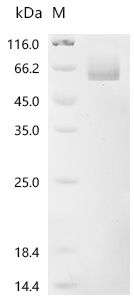
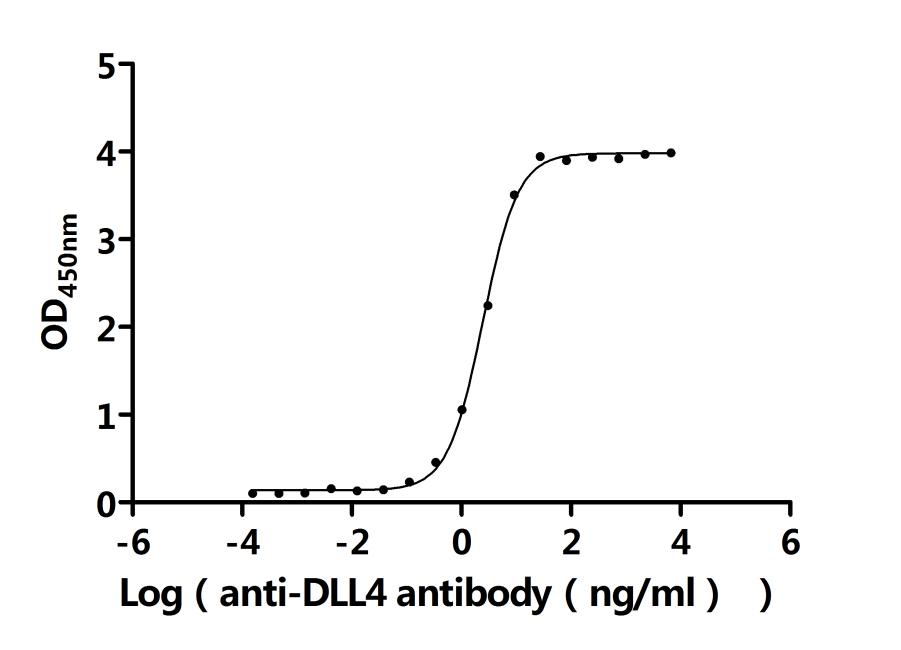
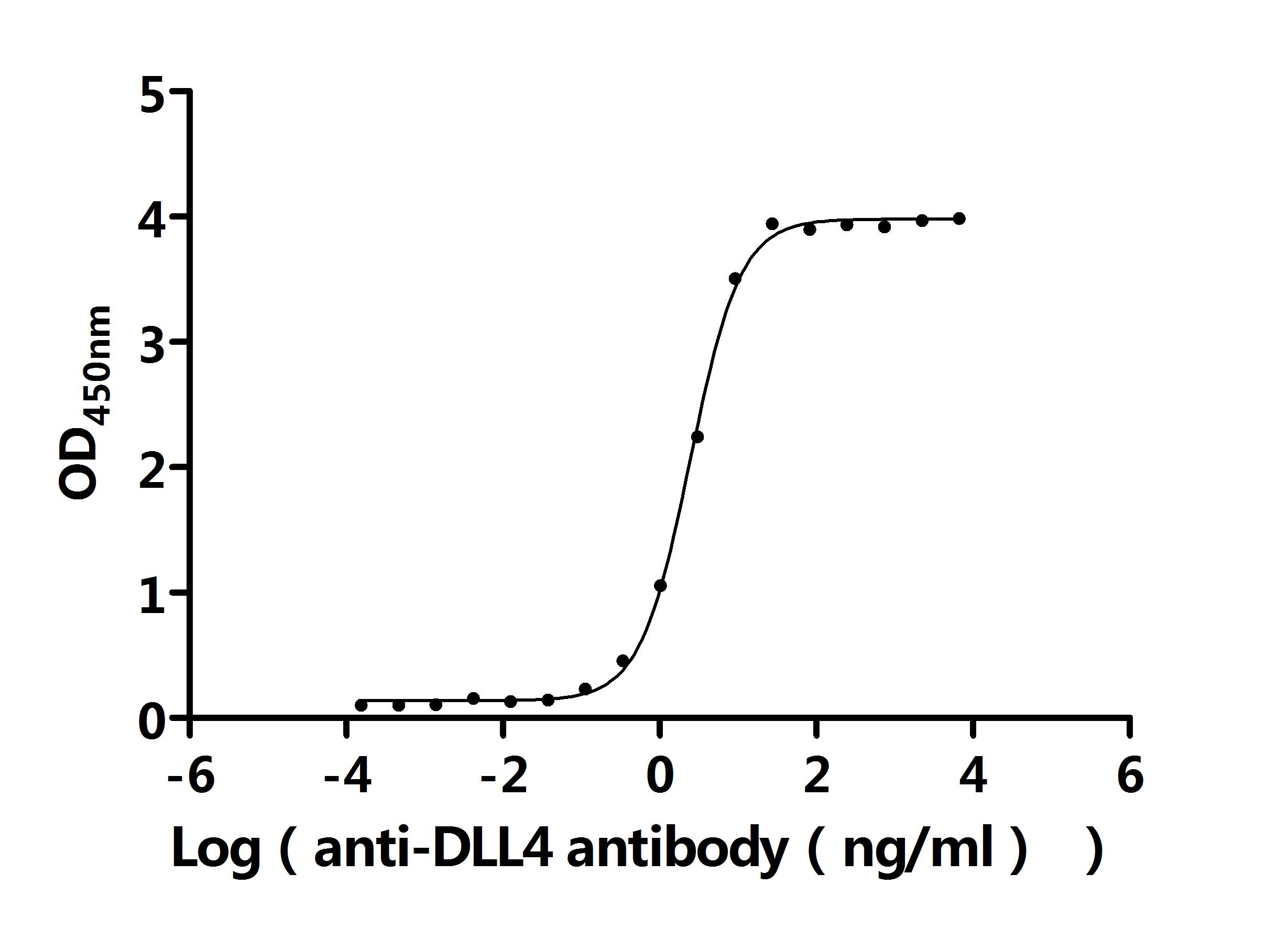
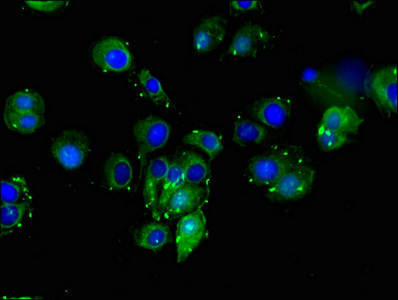
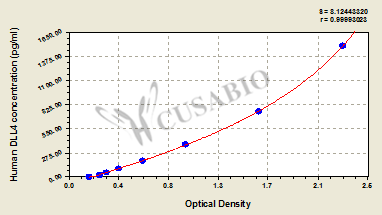



Comments
Leave a Comment